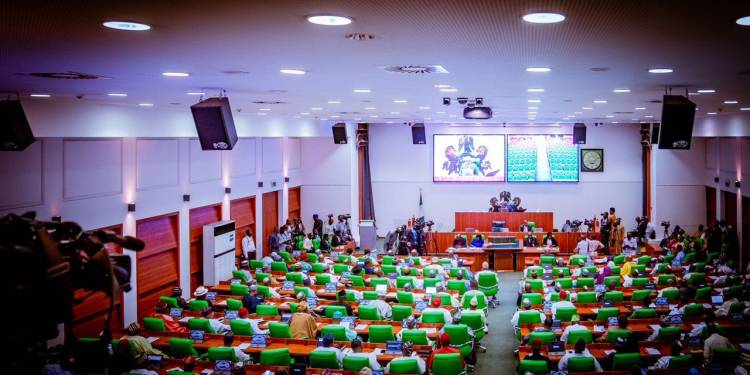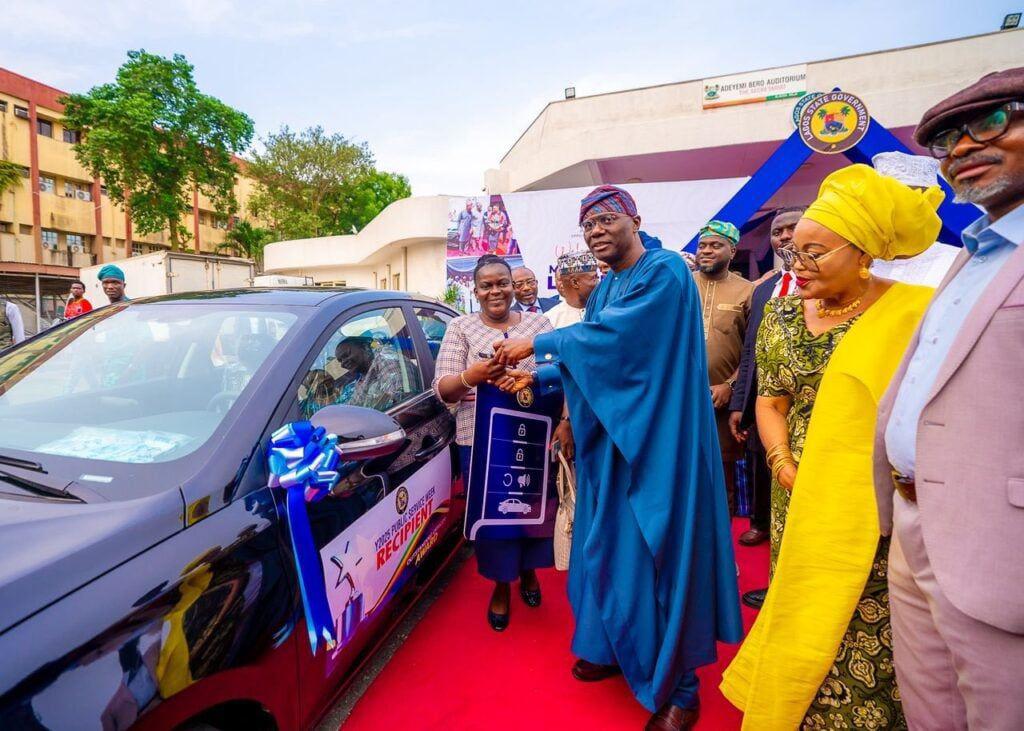How Reps Seating Plan Silenced New Lawmakers,.Observes Godwin”

A member of the House of Representatives, Hart Godwin, has narrated how structural challenges in the chamber affected the performance and visibility of first-term lawmakers in the early days of the 10th National Assembly.
Mr. Godwin, who represents Degema/Bonny Federal Constituency of Rivers State, said the seating arrangement created after the inauguration of the House in 2023 placed new members at a disadvantage.
Speaking at the unveiling of the First Session of the 10th National Assembly Deliberative Barometer and Policy Focus Productivity Report (NASS-DBPFR) in Abuja on Thursday, the lawmaker explained that first-timers were confined to a temporary upstairs section of the chamber, while ranking lawmakers occupied the main floor.
According to him, this physical separation limited opportunities for new legislators to be noticed by the presiding officers Speaker or Deputy Speaker during debates and plenary sessions.
“The upstairs arrangement made it very difficult for the presiding officers to see or recognise our contributions. We had to struggle extra hard to get attention on the floor, unlike the older members seated directly before the Speaker,” Mr. Godwin said.
He added that the situation contributed to the perception that first-time lawmakers were less productive, whereas in reality many were constrained by structural inequalities within the chamber.
The lawmaker commended the organisers of the NASS-DBPFR report, describing it as an important tool to assess and improve parliamentary productivity. He urged the leadership of the National Assembly to adopt reforms that would ensure fairer visibility and participation for all legislators, regardless of experience.
The NASS-DBPFR report is a policy and performance assessment framework designed to measure the deliberative output of the National Assembly, with emphasis on inclusivity, participation, and policy impact.









